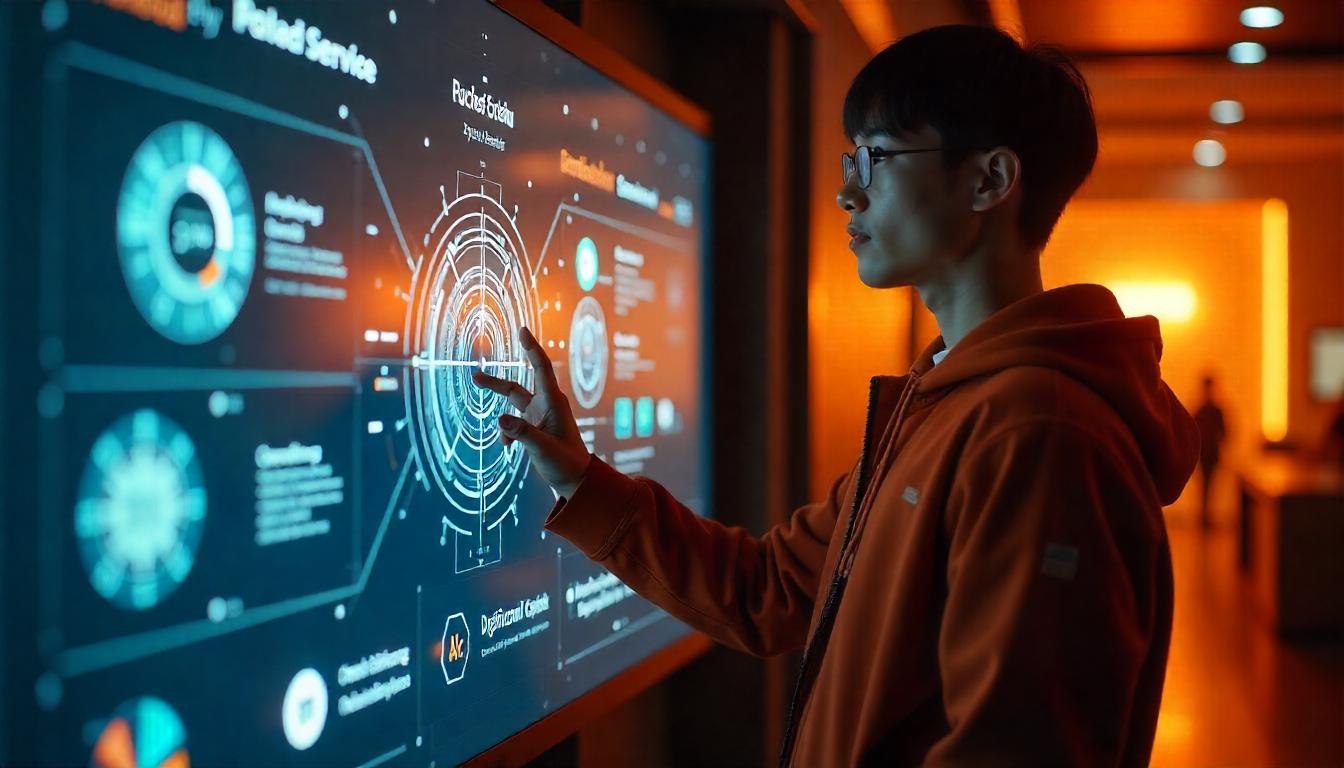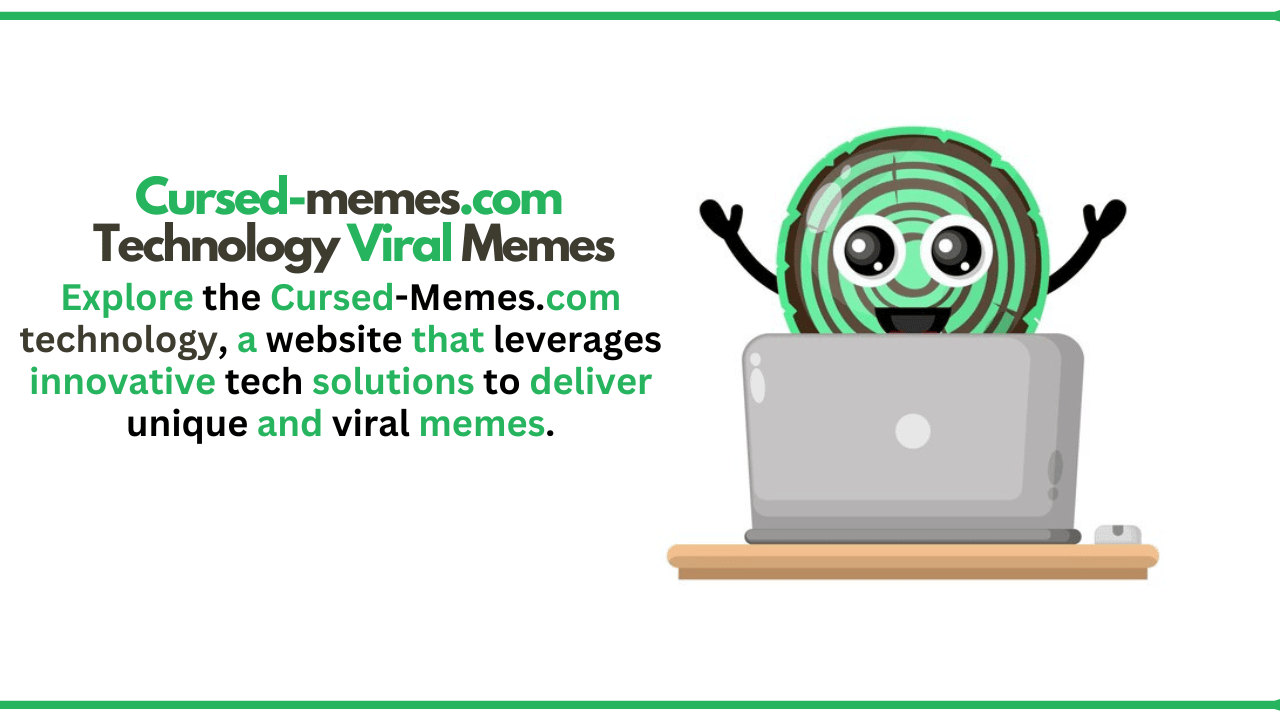In the modern era, digital technology shapes nearly every aspect of our lives, from how we communicate and work to how we relax and stay informed. As devices and applications become integral to our routines, managing our “digital tech time” is essential for productivity, mental well-being, and even environmental sustainability.
In this article, we’ll explore the evolving landscape of digital technology, key trends, the benefits and challenges of screen time, and strategies for maintaining a healthy balance in a tech-driven world.
What is Digital Tech Time?
Digital tech time refers to the amount of time we spend interacting with digital devices like smartphones, computers, tablets, and wearables. While technology provides countless conveniences and improvements, the continuous influx of digital media also has significant implications for our personal and professional lives. Understanding and managing this interaction can enhance our quality of life, keeping us informed and connected while avoiding issues like digital fatigue and overdependence.
The Role of Digital Technology in Modern Life
Digital tech time is an integral part of modern life, providing convenience, efficiency, and connection. With mindful use, technology becomes a powerful tool that enhances our daily lives without dominating them.
Enhancing Communication
Digital technology has revolutionized how we communicate, enabling instant connectivity across vast distances. Messaging apps, video calls, and social media platforms have made it possible to stay in touch with loved ones, connect with colleagues, and network professionally, all at the click of a button.
Transforming Work and Productivity
With remote work on the rise, digital tools like project management software, collaboration platforms, and cloud storage have become essential. Tools like Zoom, Slack, and Google Workspace streamline communication, allowing teams to collaborate effectively from anywhere. This shift to digital workspaces has not only increased productivity but also given rise to new, flexible work models.
Entertainment and Leisure
From streaming services like Netflix and Spotify to gaming and social media, digital technology has transformed how we enjoy our free time. These platforms offer personalized experiences, algorithm-driven recommendations, and on-demand access to vast libraries of content.
Advancing Health and Wellness
In health, digital technology has introduced innovative tools like fitness trackers, telemedicine, and mental wellness apps. Devices such as smartwatches monitor physical health metrics like heart rate, while mobile apps provide meditation guidance and stress management techniques, allowing us to stay proactive about well-being.
Key Trends Shaping Digital Tech Time
Artificial Intelligence (AI)
AI is one of the most transformative digital technologies today, influencing everything from how we shop to how we work. AI-driven tools personalize user experiences, assist with automation, and enhance data-driven decision-making. In applications like voice-activated assistants (Alexa, Siri), customer service bots, and recommendation engines, AI makes our tech interactions more intuitive and efficient.
Internet of Things (IoT)
IoT connects everyday devices to the internet, allowing them to collect and exchange data. Smart homes, equipped with connected devices like thermostats, lights, and security cameras, enable users to control home functions remotely. IoT technology also drives advancements in industries like healthcare, agriculture, and transportation, contributing to greater efficiency and productivity.
Augmented Reality (AR) and Virtual Reality (VR)
AR and VR are expanding the possibilities of digital engagement, particularly in gaming, education, and training. VR immerses users in virtual environments, while AR overlays digital information onto the real world. These technologies are not only entertaining but also offer practical applications in areas such as medical training, virtual meetings, and remote assistance.
Blockchain and Digital Security
Blockchain technology is transforming how digital transactions are conducted, providing enhanced security and transparency. Blockchain’s decentralized ledger system is particularly valuable in finance, where it underpins cryptocurrencies, and in industries requiring secure data sharing. This trend also emphasizes the importance of cybersecurity, as increased digital tech time brings more data privacy concerns.
Sustainable and Green Technology
With growing environmental awareness, digital tech time is also impacted by the development of sustainable technology. Innovations such as energy-efficient data centers, green cloud storage solutions, and eco-friendly manufacturing processes are helping reduce the environmental footprint of digital devices.
Balancing Digital Tech Time for Well-being
While digital devices offer numerous benefits, overuse can lead to issues like digital fatigue, sleep disruption, and decreased productivity. Managing digital tech time wisely helps strike a balance between the advantages of technology and its potential downsides.
Understanding Screen Time Limits
Setting limits on screen time can prevent overstimulation and improve focus. Many devices now come with built-in screen time tracking and digital well-being features that alert users to excessive usage or help set boundaries. These tools allow users to set daily usage goals for apps, pause notifications, or enter “do not disturb” modes.
Mindful Consumption of Digital Content
Not all screen time is created equal. Passive scrolling through social media or consuming low-quality content can be draining, while engaging in meaningful activities like learning a new skill online or connecting with friends has more positive effects. Practicing mindful content consumption helps prioritize valuable and enriching digital experiences.
Taking Regular Digital Detoxes
A digital detox involves consciously unplugging from digital devices for a set period to reconnect with the physical world. This can mean setting aside weekends without screens or taking short breaks throughout the day to reset. Digital detoxes improve focus, reduce stress, and encourage more active, in-person interactions.
Incorporating Technology for Wellness
Instead of viewing digital technology as purely entertainment, integrating wellness-focused apps and tools can make screen time beneficial. Fitness trackers, meditation apps, and sleep aids provide valuable data and support healthier lifestyles. By choosing apps that align with wellness goals, users can make technology work for them in positive ways.
The Future of Digital Tech Time
As technology advances, digital tech time will continue to evolve, becoming increasingly immersive, personalized, and sustainable. Key developments include:
- Increased AI Personalization: AI will further tailor our digital experiences, making recommendations, predicting needs, and helping us manage time effectively.
- More Intuitive and Integrated Devices: IoT and AR/VR developments will integrate devices into our lives more seamlessly, from smart homes to wearable AR glasses that assist with daily tasks.
- Focus on Data Privacy: As data privacy becomes a growing concern, future technology may offer more secure and transparent ways to control and protect personal information.
- Environmentally Conscious Tech: Sustainable tech practices will continue to rise, reducing the environmental impact of our digital habits and supporting eco-friendly innovation.
The Role of Digital Tech in Sustainability
Sustainability in digital technology is becoming more significant as awareness of environmental impact grows. Companies are increasingly adopting eco-friendly practices, such as using recycled materials for devices, improving energy efficiency, and reducing carbon emissions in production processes. For consumers, choosing brands that prioritize sustainability and maintaining digital devices longer can contribute to a reduced digital footprint.
Strategies for Parents: Managing Digital Tech Time for Kids
With children growing up in a digital age, managing tech time is crucial for developing healthy habits. Here are some strategies for parents:
- Set Clear Time Limits: Use parental controls to set daily screen time limits and ensure a balanced schedule.
- Encourage Active Use: Promote apps or games that encourage creativity, learning, and problem-solving, rather than passive consumption.
- Model Positive Habits: Children learn by example, so demonstrate mindful tech use by limiting your own screen time and engaging in family activities.
- Plan Regular Screen-Free Activities: Introduce hobbies, sports, or family outings to help children engage with the world outside of screens.
Conclusion
Digital tech time is an integral part of modern life, providing convenience, efficiency, and connection. With mindful use, technology becomes a powerful tool that enhances our daily lives without dominating them. By understanding the trends, impacts, and ways to manage tech time, individuals can enjoy a balanced and fulfilling digital experience that prioritizes well-being, sustainability, and productivity. Embracing the benefits while practicing moderation can help you make the most of digital technology in the fast-evolving digital world.
FAQs about Digital Tech Time
What is considered healthy digital tech time?
Healthy tech time varies based on individual needs, age, and lifestyle. Experts recommend no more than 2 hours daily for recreational screen time for adults, with balanced breaks. For children, guidelines are more restrictive, suggesting only an hour or less, depending on age.
How can I track my digital tech time?
Most devices have built-in screen time tracking features. On smartphones, apps like Apple’s Screen Time or Google’s Digital Wellbeing track daily usage, allowing you to set limits on specific apps.
What is a digital detox, and how can I do one?
A digital detox is a period where you limit or completely avoid digital device use to reduce stress and recharge. To start, set specific periods (like weekends or after 8 PM) to unplug. Use this time for physical activities, hobbies, or face-to-face connections.
Can too much digital tech time harm my health?
Yes, excessive screen time is linked to issues like eye strain, sleep disturbances, reduced focus, and even anxiety. Managing tech time with scheduled breaks, screen-free zones, and balanced usage can mitigate these effects.
How does digital tech time impact children?
Excessive screen time in children can affect their sleep, social skills, and attention span. Structured tech time, combined with non-digital activities, helps develop balanced habits for children.
Are there sustainable options in digital tech?
Yes, sustainable practices in tech include choosing eco-friendly devices, extending the life of devices, and supporting brands with responsible manufacturing. Sustainable options are increasingly available, from recyclable materials to energy-efficient devices.










